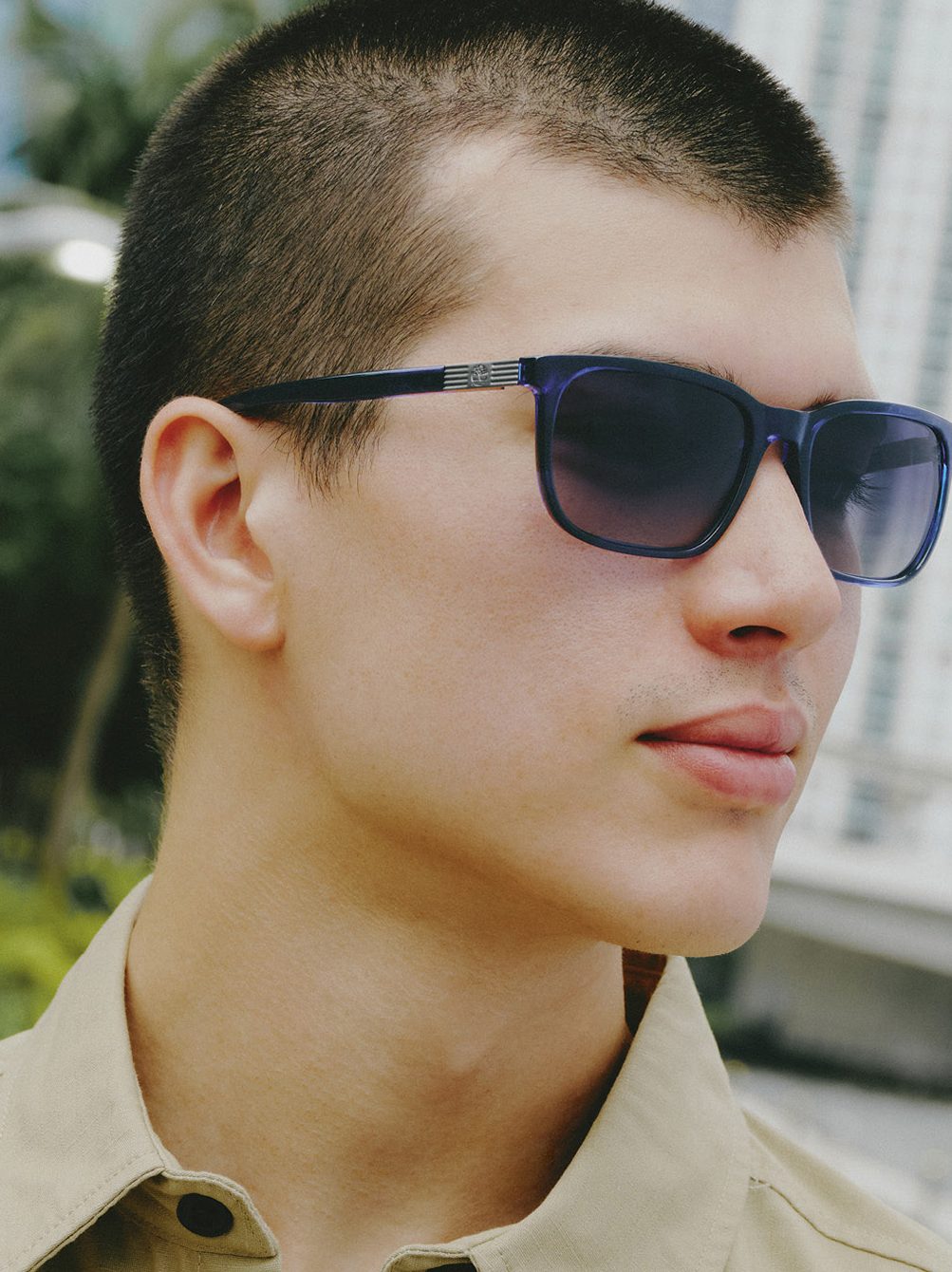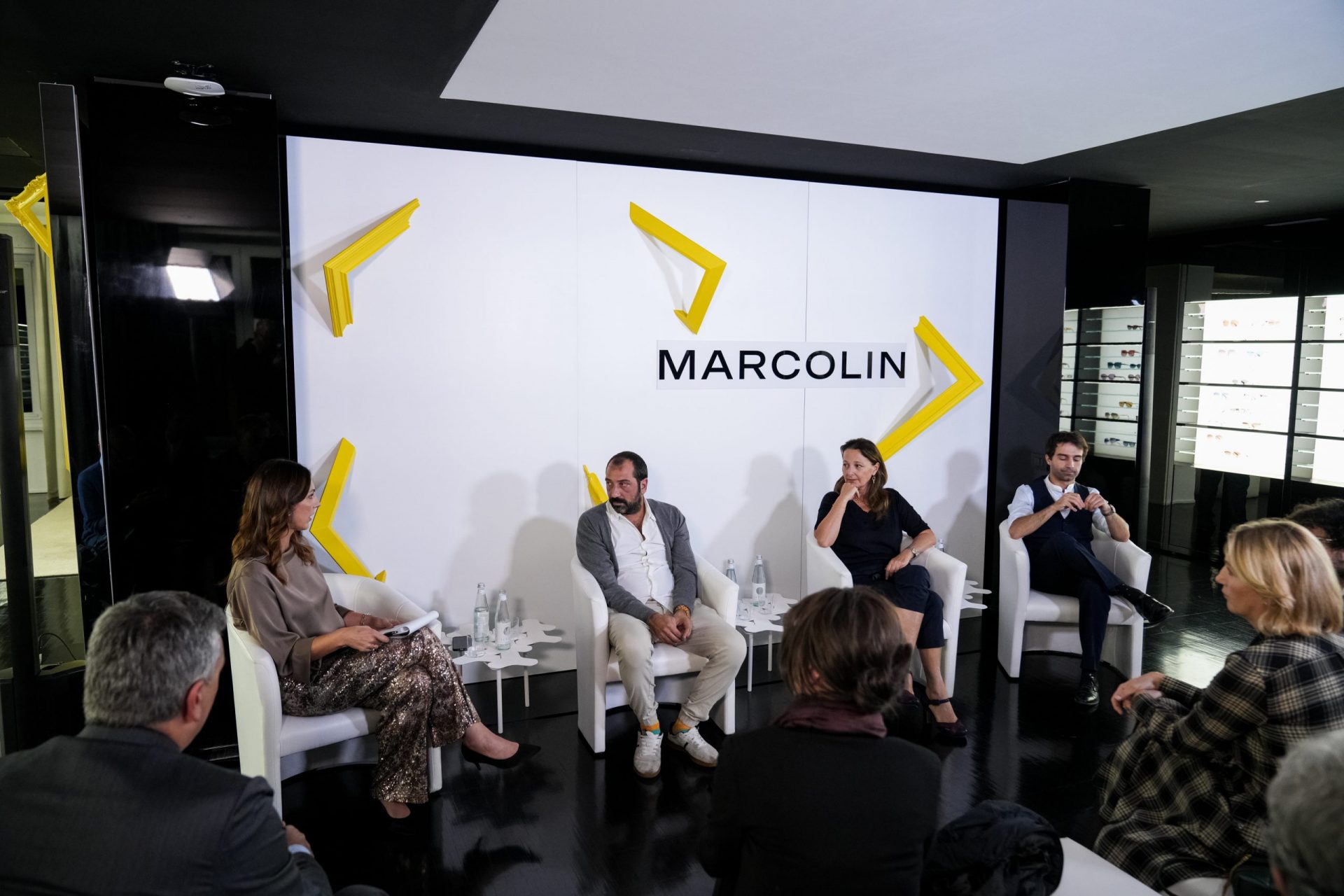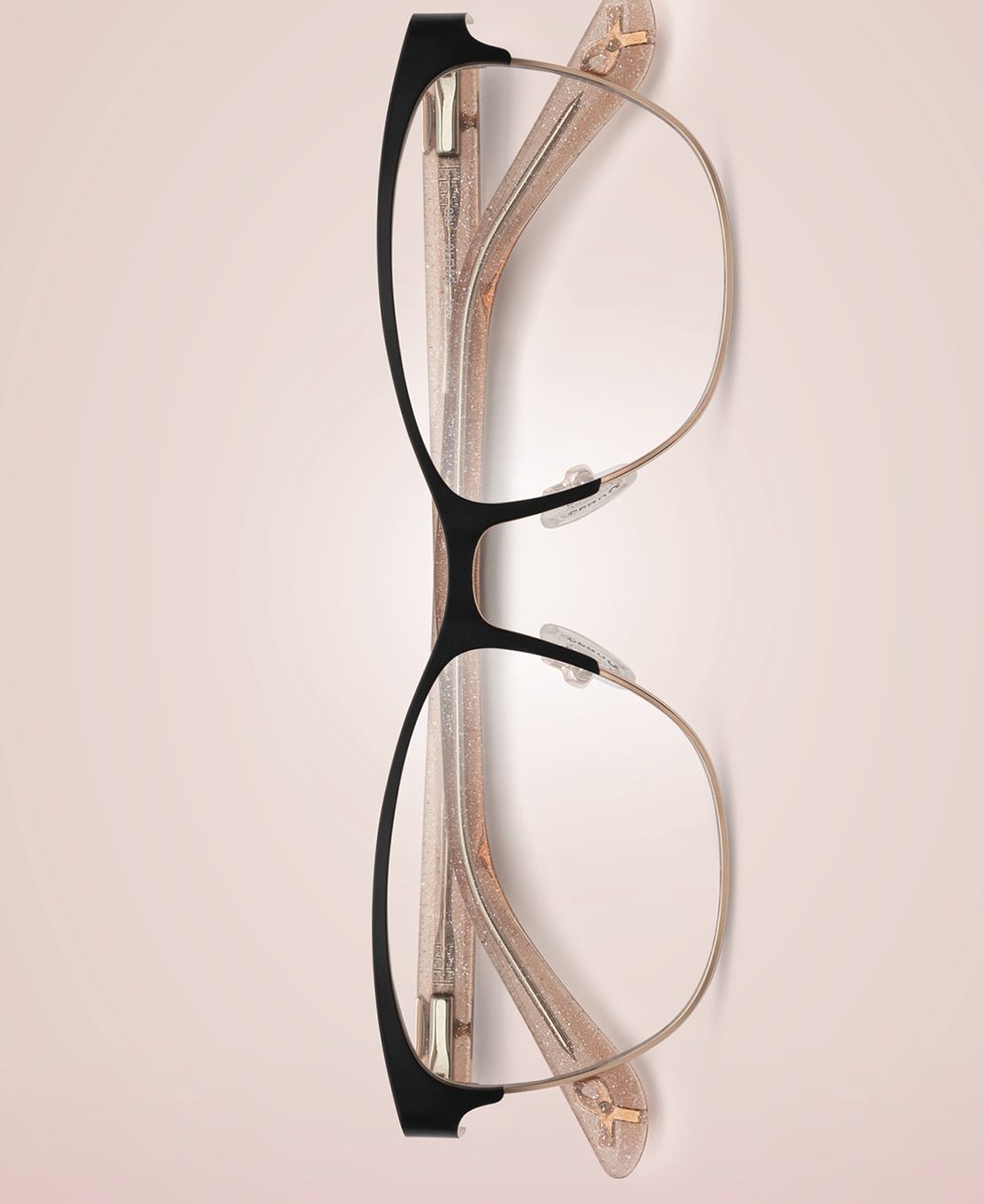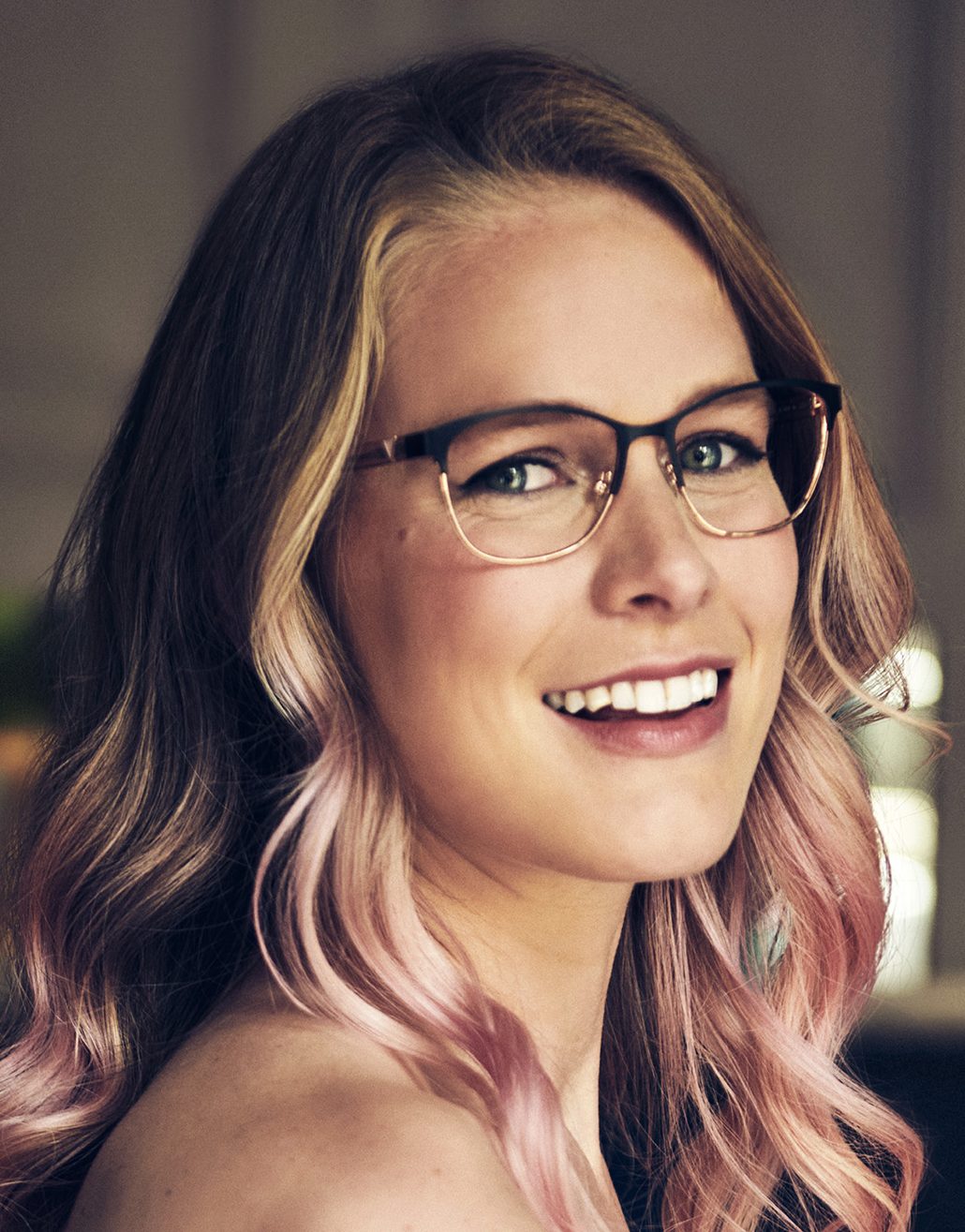In the Douro Valley
A popular summer destination like Portugal surprises us at this time of the year with a cascade of bright colored fall leaves reflecting onto the water. To admire this view, all you need to do is drive through the Douro Valley, a one hour drive from the town of Porto, and set off along the paths winding through the hilly landscape dotted with ancient terraced vineyards, villages, churches and castles. Magic places worth exploring also by boat, going on a peaceful cruise along the river to the heart of this valley that has been a Unesco heritage site since 2001; a region where vines have been cultivated with patience for 2000 years and that, along with breathtaking views, also offers fragments of history and the opportunity to enjoy an amazing food-and-wine experience, tasting Porto wines of different alcohol content and delicious salt cod dishes. Among the many can’t miss attractions, worth visiting are the Numao Castle, Peso da Régua with the Douro Museum, and Pinhao with its old train station decorated with azulejo tiles depicting the grape harvest.
„A popular summer destination like Portugal surprises us at this time“

In Oasi Zegna
There are three different routes in Oasi Zegna, a magic place nestled in the heart of the Biellese Alps, that at this time of the year allow visitors to take a stroll in the beech and chestnut forests to breathe in the crispy mountain air, surrounded by the leaves’ vibrant yellow and red hues. They are called Bosco del Sorriso (the most popular route in the Oasi), Sentiero delle More and Cammino di San Bernardo. Three routes accessible to all by foot, by mountain bike or on horseback that are located in a protected area that was established in 1991 thanks to the Zegna Foundation, which thus embraced and continued the ambitious project conceived by its founder Ermenegildo Zegna over a century ago to connect the company with the land. These forests are ideal for practicing Forest Bathing (i.e. Shirin Yoku for the purists), a form of active meditation immersed in nature that helps reduce stress. The foliage around here, though, also features a tasty side, thanks to the many fruits of the land worth tasting in the lodges located just a few steps away, where you can enjoy traditional chestnut, mushroom, pumpkin and polenta-based dishes.

„Oasi Zegna, a magic place nestled in the heart of the Biellese Alps“

In New York City
The perfect movie setting? NYC in the dark yellow light of fall. Time flies when you’re in New York, visiting museums, going shopping and taking a stroll in Central Park that, with its 340 hectares of land and 500,000 trees, offers unforgettable views. We suggest that you access Central Park from Conservatory Water, located between Fifth Avenue and 72nd Street, and take the walkway lined by 150 American elm trees known as The Mall and leading up to Bow Bridge, the most photographed location in the Park, and Bethesda Fountain, the Angel of the Waters. Otherwise, you can wander along The Ramble paths, the “wild garden” of Central Park, and walk up to Belvedere Castle and the Turtle Pond, where many different turtle species live. However, to really enjoy the relaxed atmosphere of one the oldest parks in NYC, Battery Park is the right place for you, where you can take a leisurely stroll surrounded by luxury buildings and food trucks.

„The perfect movie setting? NYC in the dark yellow light of fall”
























